Nestled in the heart of the picturesque state of Montana lies the vibrant city of Bozeman, a place known for its stunning landscapes and outdoor adventures. Beyond its charming streets and bustling community, Bozeman hides a treasure trove of wildlife that often goes unnoticed by its human inhabitants.
In this article, we embark on a captivating journey into the realm of “Bozeman Animals,” shedding light on the diverse and intriguing creatures that call this region home.
From the majestic grizzly bears that roam the rugged mountains to the elusive bobcats that stealthily navigate the forests, Bozeman’s wilderness is teeming with remarkable fauna. We’ll delve into the lives of these animals, exploring their habits, habitats, and the crucial role they play in maintaining the delicate balance of Montana’s ecosystem. Join us as we uncover the hidden world of Bozeman’s animals, offering a newfound appreciation for the rich biodiversity that thrives in this extraordinary corner of the world.

Introduction to Bozeman, Montana, as a Thriving City with Rich Wildlife Diversity:
Nestled amidst the breathtaking landscapes of Montana, Bozeman stands as a thriving city that seamlessly blends the charms of urban living with the wonders of the natural world. Bozeman’s appeal lies not only in its bustling community and vibrant culture but also in its remarkable wildlife diversity. Surrounded by pristine wilderness, this city provides a unique opportunity for residents and visitors to experience the wild side of Montana without venturing far from city limits. From soaring bald eagles to herds of graceful elk, the rich tapestry of Bozeman’s natural heritage is an integral part of its identity.
Bozeman’s Wildlife Ecosystem:
Bozeman boasts a remarkably diverse wildlife ecosystem that spans its mountains, forests, and rivers. In these untamed landscapes, one can encounter a vast array of species, including deer, coyotes, mountain lions, and countless species of birds and fish. The city’s strategic location at the gateway to Yellowstone National Park further enhances the appeal of its ecosystem, with the famous Lamar Valley and its wolf packs just a short drive away. Bozeman’s wildlife ecosystem is a testament to nature’s resilience and adaptability, thriving in the face of urbanization while reminding us of the intrinsic connection between humans and the natural world.
Bison:
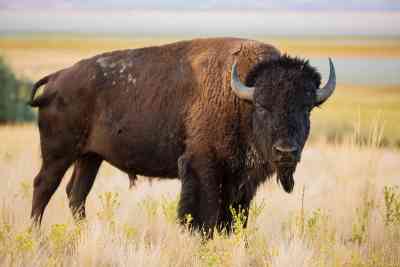
Bison are magnificent creatures that roam the vast landscapes of Yellowstone National Park, just a short drive from Bozeman. As the largest land mammals in North America, they command attention with their massive size and shaggy appearance. Bison herds in the region are iconic symbols of the American West, embodying the spirit of untamed wilderness. Observing these remarkable animals in their natural habitat is a privilege, and their presence serves as a testament to the conservation efforts aimed at preserving this species. Bison, once on the brink of extinction, have made a remarkable recovery in Yellowstone, reminding us of the resilience of nature.
Elk:

Bozeman and its surrounding areas are home to thriving elk populations, making elk a common sight in the region. These majestic creatures, known for their impressive antlers and vocal bugling during the mating season, are icons of the Rocky Mountain West. Whether grazing in lush meadows or navigating dense forests, elk captivates onlookers with their grace and grandeur. They play a vital role in the ecosystem as both browsers and grazers, shaping the landscapes they inhabit. Elk sightings are not only a testament to the region’s abundant wildlife but also a reminder of the delicate balance of nature that thrives in the Montana wilderness.
Mule Deer:

Mule deer, with their distinctive large ears, are a common sight in and around Bozeman. Graceful and agile, these deer often navigate the foothills and valleys of the region, offering enchanting encounters for nature enthusiasts. Their ability to adapt to both urban and rural environments makes them a familiar presence in the community. Mule deer are known for their foraging behavior, feeding on a variety of vegetation, and their adaptability showcases their resilience in the ever-changing landscapes of Montana. Whether observed on a leisurely hike or from the window of a cozy cabin, encounters with mule deer evoke a sense of connection to the wild landscapes that define Bozeman.
Black Bears and Grizzly Bears:
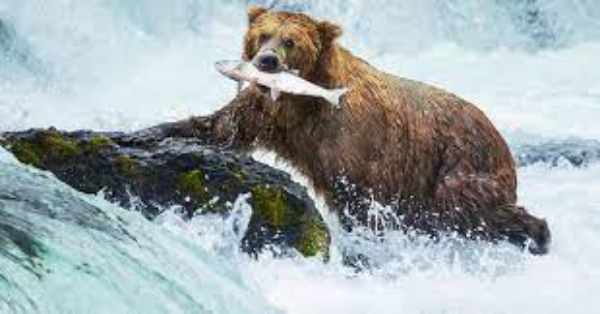
The presence of both black bears and grizzly bears in the Montana wilderness adds a layer of excitement and reverence to the region’s natural beauty. While black bears are more common, encounters with grizzly bears are also possible, especially in remote areas. These powerful and intelligent omnivores are a testament to the wild spirit of Montana’s wilderness. Observing them in their natural habitat is a privilege that underscores the importance of responsible wildlife management and coexistence with these remarkable creatures.
Coyotes:
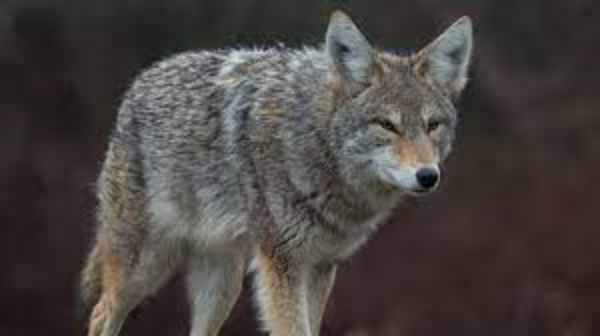
Coyotes are versatile and adaptable predators that inhabit various habitats in and around Bozeman. Their cunning and resourcefulness make them a common presence in both urban and rural settings. Coyotes’ eerie howls and playful behavior are emblematic of the Montana wilderness. These resilient animals play essential roles in the ecosystem, helping control rodent populations while offering residents and visitors glimpses into the intricate web of life in the region. Coyotes serve as reminders of the interconnectedness of all living things and the enduring spirit of the American West.
Mountain Lions (Cougars):
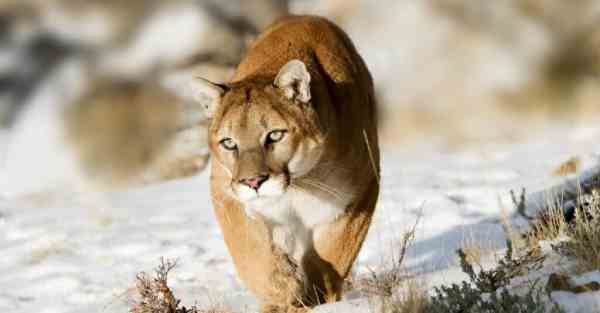
Mountain lions, also known as cougars, inhabit the rugged mountainous terrains around Bozeman. While they are elusive and rarely seen, their presence is known, adding an air of mystery to the region’s wilderness. As apex predators, mountain lions play vital roles in maintaining ecological balance and keeping prey populations in check. Encountering these majestic cats, although rare, underscores the wild and untamed nature of Montana’s landscapes.
Wolves:

Wolves, with their complex social structures and haunting howls, have made a remarkable resurgence in the Greater Yellowstone Ecosystem, including areas near Bozeman. Observing these apex predators in the wild is a testament to the region’s commitment to conservation and the restoration of natural ecosystems. Wolves’ presence brings balance to the ecosystem, and their haunting calls remind us of the wild and untamed nature that thrives in Montana’s backcountry.
Bald Eagles:
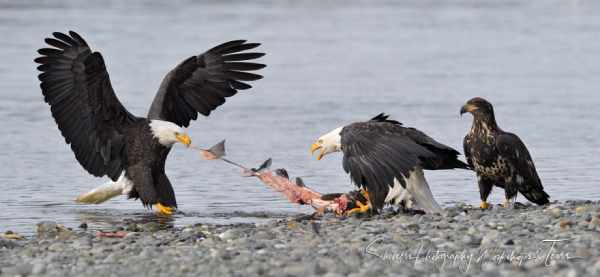
Bozeman’s proximity to rivers and lakes provides excellent habitat for bald eagles. These majestic raptors, known for their striking appearance and keen hunting skills, are often observed soaring gracefully above the water or perched near bodies of water. Their presence serves as a reminder of the importance of preserving pristine aquatic ecosystems, and they are emblematic of the region’s commitment to conservation and wildlife protection.
Ospreys:
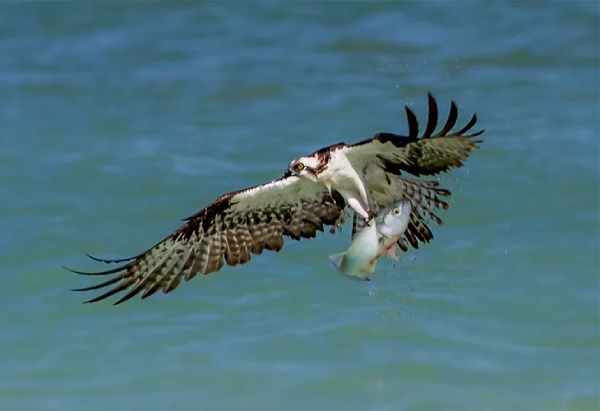
Ospreys are masterful fishers often found in the Bozeman area, especially near rivers and lakes. Their distinctive appearance and remarkable hunting abilities make them a highlight for birdwatchers and nature enthusiasts. As they hover above the water and plunge with precision to catch fish, ospreys showcase the beauty and intricacies of nature’s design.
Trout and Other Fish:

The clear and pristine waters of Bozeman’s rivers and streams are home to various trout species, including rainbow, brown, and cutthroat trout. These iconic fish are not only vital to the health of aquatic ecosystems but also offer exciting opportunities for anglers seeking world-class fly fishing experiences. Observing trout in their native habitats underscores the region’s commitment to preserving its aquatic treasures.
Raptors and Songbirds:
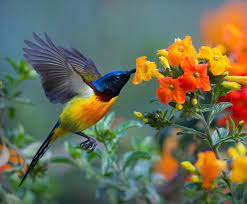
Bozeman is a paradise for birdwatchers, with a diverse array of raptors, songbirds, and waterfowl that call the area home. From the mesmerizing flight of raptors like hawks and eagles to the delightful melodies of songbirds in the woodlands, the avian diversity in Bozeman showcases the region’s rich natural heritage and the importance of habitat conservation.
Small Mammals:
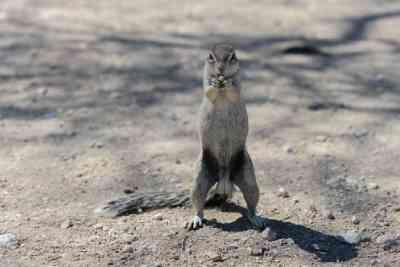
Smaller mammals like ground squirrels, chipmunks, raccoons, and beavers are also part of the local wildlife tapestry. Their presence in urban and wild settings highlights the resilience and adaptability of these creatures in a region teeming with natural wonders.
Cottonwood Trees:
While not animals, the cottonwood trees in the Bozeman area are essential components of the ecosystem. They provide nesting sites and habitats for various bird species, including eagles and ospreys. The cottonwood’s towering presence along riverbanks underscores the interconnectedness of flora and fauna in this pristine environment.
Aquatic Life:
Bozeman’s rivers and streams are teeming with diverse aquatic life, from insects to amphibians and crayfish. These often-overlooked creatures play critical roles in the health of freshwater ecosystems, serving as indicators of water quality and contributing to the region’s biodiversity.
Domesticated Livestock:
In rural areas surrounding Bozeman, you’ll find cattle, horses, and sheep on ranches and farms. These domesticated animals are an integral part of the local agricultural landscape.
Domesticated Pets:
As in any urban area, you’ll encounter domesticated dogs and cats, beloved companions that share the community with the region’s wild inhabitants.
Bozeman’s remarkable array of wildlife, from iconic megafauna to the smallest of creatures, reflects the region’s commitment to preserving natural habitats and promoting responsible coexistence with the wild. Observing these animals in their native environments serves as a reminder of the profound beauty and importance of the natural world.
Domesticated Livestock:
In the rural areas surrounding Bozeman, you’ll encounter cattle, horses, and sheep on ranches and farms. These domesticated animals are integral to the region’s agricultural heritage and provide livelihoods for many residents. Cattle, in particular, are a common sight in pastures, contributing to Montana’s role as a leading beef-producing state. Horses are not only working animals but also beloved companions and symbols of the American West, embodying the frontier spirit that is deeply rooted in the region’s history.
Domesticated Pets:
As in any urban area, Bozeman is home to a community of domesticated dogs and cats, cherished members of families and households. These pets bring joy and companionship to their owners, often accompanying them on outdoor adventures in the beautiful surroundings of Bozeman. Whether strolling through downtown or exploring the numerous parks and trails, these four-legged companions are an integral part of the local culture and enhance the quality of life for residents and visitors alike.
Bozeman’s unique blend of native wildlife, majestic landscapes, and human communities creates a harmonious coexistence between the wild and the domestic. This balance reflects the region’s commitment to preserving natural habitats, promoting responsible wildlife management, and fostering a deep appreciation for the natural world.
Conservation Efforts in Bozeman:
Bozeman’s appreciation for its natural heritage is reflected in its dedicated conservation efforts. Local organizations and government initiatives work tirelessly to protect and preserve the delicate balance of the city’s ecosystem. Conservation projects range from wildlife corridors and habitat restoration to sustainable land management practices. These initiatives not only safeguard the future of Bozeman’s animals but also ensure that future generations can continue to marvel at the beauty and diversity of the local fauna.
Wildlife Viewing and Outdoor Activities:
For nature enthusiasts, Bozeman offers an unparalleled opportunity to engage with wildlife through outdoor activities such as hiking, birdwatching, and wildlife photography. The city’s proximity to national parks and wilderness areas makes it a prime destination for those seeking close encounters with nature. Whether it’s observing bison herds in nearby Yellowstone or spotting elk along the Gallatin River, wildlife viewing in Bozeman is a truly immersive experience. Additionally, the city’s extensive network of trails and parks provides ample opportunities to explore and connect with the natural world.
Coexisting with Bozeman Animals:
As residents and tourists explore Bozeman’s abundant wildlife, it’s essential to remember the importance of responsible coexistence. Bozemanians are encouraged to adopt practices that minimize human impact on local animals’ habitats, such as respecting trail closures during nesting seasons and safely storing food to prevent wildlife conflicts. Education and awareness play a pivotal role in fostering harmony between humans and the creatures that share their home, ensuring that the city’s wildlife remains a source of wonder for generations to come.
Final Words:
In conclusion, Bozeman, Montana, offers a unique blend of urban living and natural wonder. Its rich wildlife diversity, coupled with dedicated conservation efforts, makes it a shining example of how a city can thrive while embracing its wild side. Whether you’re a resident or a visitor, there’s an invitation to explore and appreciate the magnificent creatures that call Bozeman home. By fostering coexistence and responsible interaction, we can ensure that Bozeman’s animals continue to enchant and inspire, enriching our lives and reminding us of the priceless connection we share with the natural world.
Reference:
- https://www.nationalgeographic.com/travel/article/top-activities-things-to-do-42
- https://www.bozeman.net/our-city/pets-2128
- https://library.municode.com/mt/bozeman/codes/code_of_ordinances?nodeId=PTIICOOR_CH8AN

Zahra Makda
Growing up enjoying the beauty of my village, a good passion for nature developed in me from childhood. Following my passion for the natural world, I have chosen zoology for my graduation, during my undergraduate degree, I participated in many nature trails, bird watching, rescues, training for wildlife conservation, workshop, and seminars on biodiversity. I have a keen interest in invertebrate biology, herpetology, and ornithology. Primary interests include studies on taxonomy, ecology, habitat and behavior.









